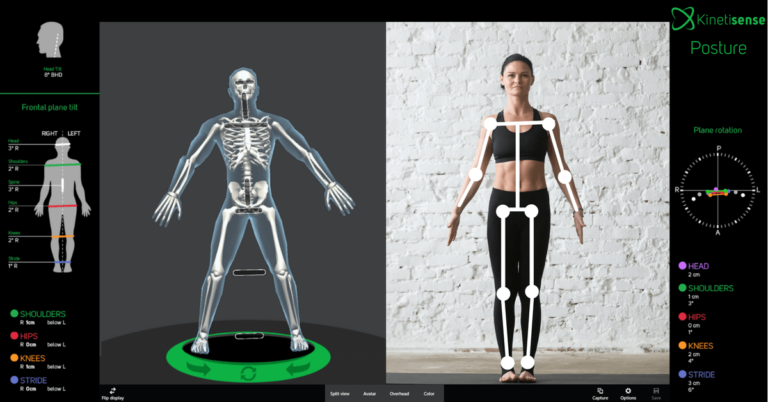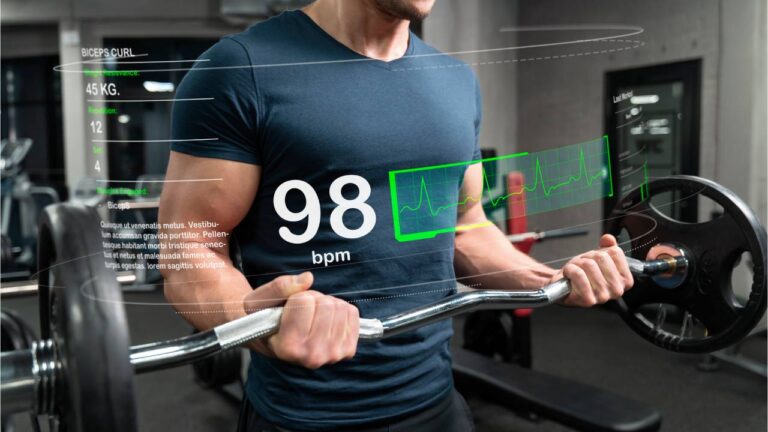8 Reasons Athletes Are Turning to Functional Movement Analysis in Langley
What Is Functional Movement Analysis?
Functional movement analysis is a method used to assess how the body moves during both everyday and sport-specific activities. The focus isn’t just on strength or flexibility—it’s on how the entire body works together during movement. For athletes, this process helps detect mobility restrictions, muscular imbalances, and inefficient patterns that could affect training or performance.
Unlike a standard fitness evaluation, this type of analysis looks at how joints, muscles, and coordination come together in real time. It helps uncover potential problem areas before they evolve into injuries or limitations, making it especially relevant for individuals engaged in regular training or high-intensity sport.
Why Are Athletes Seeking It Out in Langley?
Functional movement analysis in Langley is becoming more common among athletes because it offers a deeper look at how their bodies perform and recover. In a sports-focused community like Langley, where athletes range from recreational to competitive, optimizing movement has become part of the training culture.
Rather than waiting for pain or injury to occur, athletes are proactively choosing assessment as a starting point. This shift in mindset—from reacting to injuries to preventing them—marks a notable trend. As part of integrated care offered at physiotherapy clinics and performance-focused gyms, movement screening supports long-term development and training goals.
How Does It Work?
During a functional movement analysis, an athlete performs a series of movements designed to test mobility, stability, and control. These movements often include squats, lunges, step-ups, or reach patterns. A trained professional observes these tasks closely—sometimes using video or motion-tracking tools—to spot where joints are restricted or muscles aren’t firing correctly.
From there, the findings inform a tailored strategy that might include mobility work, corrective exercises, or adjustments to training. Whether someone is returning from injury or looking to enhance their performance baseline, this type of analysis becomes a road map for more focused, efficient movement.

Looking to recover faster and get back to doing what you love? At Physio For Performance in Langley, our expert physiotherapists use cutting-edge techniques tailored to your needs.
Don’t wait—book your appointment today and experience a personalized approach to restoring your function and mobility!
1. Reducing the Risk of Injury
Athletes place repetitive stress on their bodies, especially in training environments with high volume or intensity. Functional movement analysis in Langley helps identify early warning signs of potential injury, such as poor joint control or compensation patterns. By addressing these risks before they develop into issues, athletes can train with greater consistency and confidence.
2. Making Movement More Efficient
Efficient movement means doing more with less effort. When joints and muscles work together the way they’re supposed to, energy is better conserved. Functional movement analysis helps refine coordination, enabling smoother and more effective movement—particularly important in endurance sports or high-intensity training.
3. Customizing Training Based on Need
Rather than following a one-size-fits-all approach, athletes benefit from programs built around their movement profile. A functional movement analysis provides the data needed to shape a training plan that aligns with individual strengths and weaknesses. This is especially helpful for avoiding overuse and working toward specific goals.
4. Identifying Imbalances or Asymmetries
It’s common for athletes to develop imbalances—especially in sports that rely heavily on one side of the body. A functional movement analysis in Langley can reveal these discrepancies and offer strategies to restore more balanced function, potentially improving both power output and control.
5. Supporting Safe Return After Injury
For athletes recovering from injury, returning to sport too quickly can risk setbacks. Functional movement analysis acts as a checkpoint, ensuring proper mechanics have been restored. It helps determine readiness for higher levels of load or intensity and outlines areas needing further rehabilitation.
6. Improving Overall Performance
Athletes often seek marginal gains. Movement analysis provides the opportunity to enhance specific elements like joint stability, motor control, or stride mechanics. By refining these factors, athletes may experience improvements in agility, speed, and explosive strength—all without needing to drastically change their routines.
7. Tracking Progress Over Time
Movement patterns can evolve with training, age, or recovery. Regular functional movement analysis in Langley allows athletes to track changes, monitor progress, and re-evaluate their strategies. This feedback loop helps keep training aligned with evolving needs and long-term development.
8. Taking a Full-Body Perspective
Rather than focusing only on isolated muscles or body parts, functional movement analysis offers a broader view. It brings awareness to how posture, stability, and mobility interact during sport-specific tasks. This perspective is particularly useful for athletes looking to integrate strength, mobility, and coordination into a unified training approach.
Moving Forward
In the competitive and recreational sports communities of Langley, the demand for better, smarter training continues to grow. Functional movement analysis is meeting that demand by helping athletes train with purpose, reduce risk, and build sustainable movement patterns that serve them long-term.
If you’re an athlete looking to take a closer look at how your body performs, a functional movement assessment could be your first step. Physio For Performance offers structured movement evaluations designed to help you move with more control and direction—no matter your sport or experience level.







